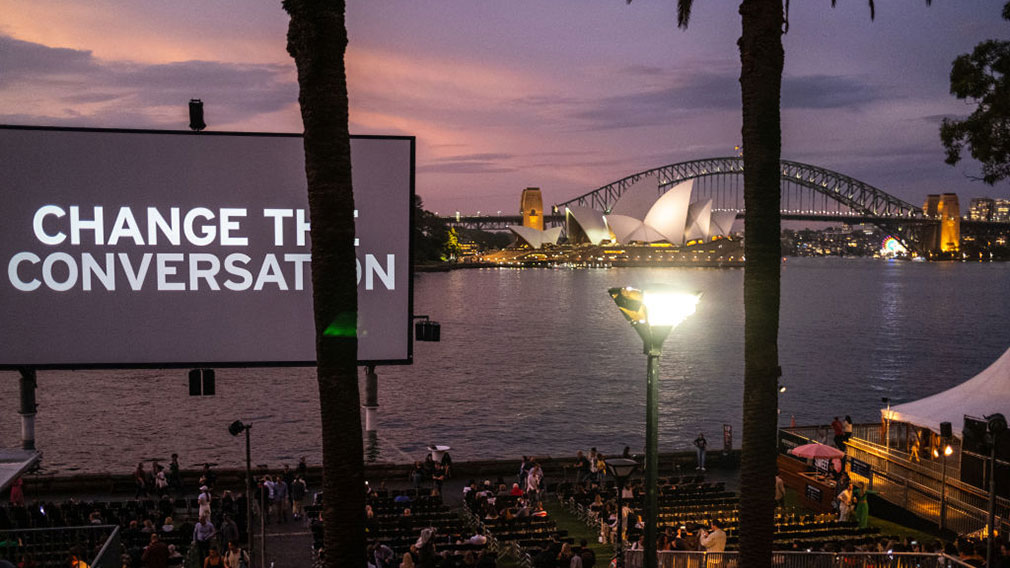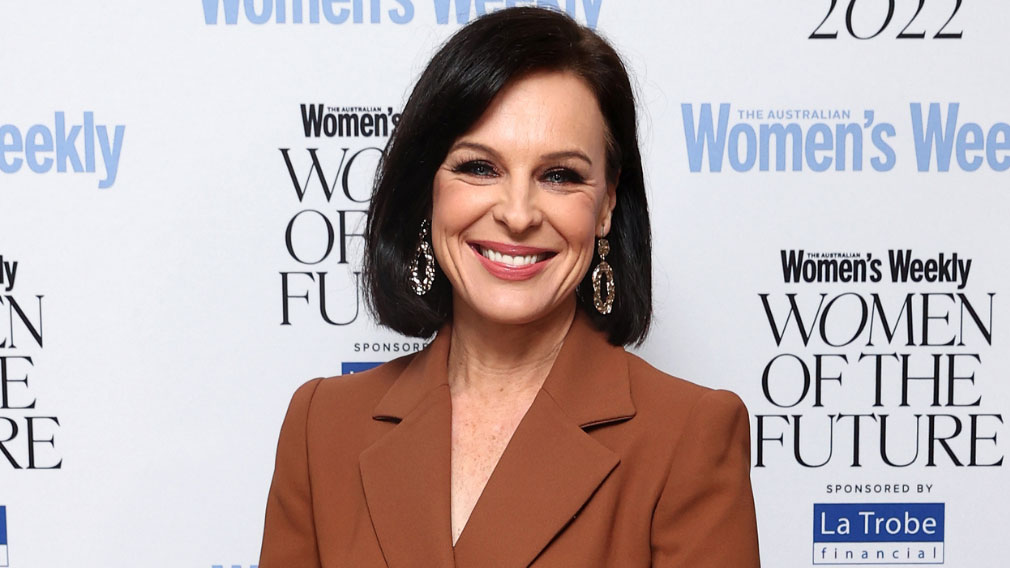Cobley, Hartzer on turning gender tide

Westpac Institutional Bank chief Lyn Cobley (left) and Westpac Group CEO Brian Hartzer discuss gender diversity. (Supplied)
Early on in her banking career, Westpac Institutional Bank chief Lyn Cobley discovered that Australian banks didn’t “get the gig” about gender diversity like their American counterparts.
“I started in banking in 1990, with Citibank … and there were a lot of senior women there and I thought that was normal,” Ms Cobley said during a panel discussion at Westpac this week, recalling she had plenty of promotion opportunities in a highly meritocratic workplace.
The contrast couldn’t have been more stark at the Australian bank she joined several years later, where she was commonly the only female in the room. She admits she even changed her behaviour over this time, acting more like her male colleagues, believing it was the only way to do well.
“I became pretty good at being the big deal doer, and using the same colourful language, and … I became a bit of a frightening person to get in the path of,” she said.
“But I remember one day thinking… I don't like this person I’ve become.”
That was a catalyst for her to “become more true to herself” and step up her encouragement of more women into senior roles, reflecting that having a better gender balance makes for a “more human” work environment and better decision making.
Also speaking on the panel, Westpac chief executive Brian Hartzer said he too was shocked at the lack of women in Australia’s banks compared to his native America when he arrived almost 25 years ago, and that “unconscious bias” was the greatest obstacle to turning this around.
While the proportion of senior women across corporate Australia has crawled upwards, it still has a way to go to reach parity with men.
Around 28 per cent of ASX200 board directors are women according to the Australian Institute of Company Directors, while Workplace Gender Equality Agency data indicates women account for around 16.5 per cent of CEOs and 30 per cent of executives and general managers.
“I feel less in a minority now than I’ve felt at any time in my career,” Ms Cobley said, although she would like to see the proportion of women in Westpac Institutional Bank’s senior ranks lift closer to the 50 per cent level reached across the broader bank, a milestone Westpac hit last October.
Mr Hartzer noted a welcome sign that biases may be beginning to dissolve was the media reaction last week to the appointment of Shemara Wikramanayake as the first female chief executive of Macquarie Group, in which he hadn’t “seen a single suggestion that she got the job because she was female”.
When asked by women on how best to rise through the ranks, Mr Hartzer said his strongest piece of advice was always to “be yourself”.
“Take some risks, but just do what feels right. If you deliver, and are good to work with, people are going to want you on their team, and you're going to get opportunity,” he said.
Ms Cobley added that women keen to rise through the ranks should take risks, constantly seek learning opportunities to become “more valuable and well rounded” and ensure they focused on developing resilience.
She also reflected on the improvements to parental leave support since she had her first child, when there was no paid maternity leave available to her yet men had one day of paid paternity leave. “But they weren't even doing the job on the day!”
Mr Hartzer has previously said the next gender equity push for Westpac was at board level – which last week rose to 30 per cent women with the appointment of Anita Fung; and at group executive level, which is currently just over 30 per cent.



